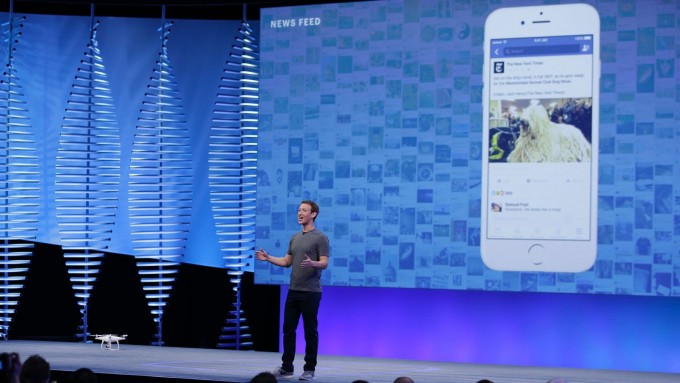Whatever the exact nature of your presentation, you want your audience to leave with its key points in mind. You might be trying to inspire through storytelling. You could be giving an important report at a work meeting. You may be delivering a keynote speech for an industry event. Perhaps you’re addressing a large lecture class of college students. Whatever the case, you want your message to stick.
One test asked adults to sit through a 10-minute oral presentation. When later asked to describe its content, 50 percent of participants couldn’t do it minutes later; 75 percent of listeners couldn’t recall the subject matter 48 hours later. This just goes to show that retention is a major challenge presenters must consider when they’re planning how to address an audience.
Here’s some practical advice for making your presentation more memorable.
Design Your Presentation to Catch Attention

Why You Should Attend Live Events
Humans naturally scan for attention-grabbing elements, so they have a focal point. Here’s one example from an expert for Forbes: People on planes often flip through magazines “until something grabs their attention such as colors, images, headlines, etc.” It’s less a matter of reading and deeply digesting and more a matter of scanning until they find something that compels them to focus.
The same principle applies to presentations. Design your visuals to snag interest and guide audience eyeballs toward your most important points. Underscore your most notable takeaways with exciting design elements that will serve as a wake-up call to viewers.
Ask Your Audience to Participate

What Is Next For Facebook In 2017?
Something special happens when you ask audience members to get involved in your presentation—there’s a palpable shift in energy from passively observing to actively contributing. This is why one of the most fundamental pieces of presentation advice from Poll Everywhere suggests ramping up audience involvement.
Exactly how you tackle bringing people into your presentation depends on factors like the size of your audience and its subject matter. Interactive surveys are a great way to get people thinking and learning, and today’s audience response technology makes it simple for people to respond to prompts from their mobile devices. One example is trying to “stump” your audience with a tricky question and asking them to vote on the answer. They’ll get to see the result unveiled in real time and may even find themselves surprised by it. Compared to simply telling your audience the answer, this interactive method boosts the likelihood of retention.
Add Flair and Enthusiasm
6 Ways To Expand Your Business Skillset
One CEO advises professionals giving presentations to “be a unicorn in a sea of donkeys,” writing that “an enthusiastic speech beats an eloquent one just about any day.” Of course, it’s important to practice your presentation so it runs smoothly. Style will never be a true substitute for substance. Your key points are the pinnacle of your presentation, so it’s vital to have those down before you start thinking about how you’re going to convey them to your audience.
There’s something to be said for a willingness to present outside the box, though. Even the most straightforward subject matters are enhanced by an enthusiastic style of presenting. Conveying your passion to the audience will give them a reason to sit up a little straighter and listening a little more intently. Monotony is the enemy of rememberability—so think about how you can “spice up” your presentation with a dash of personality and work on delivering it in a highly enthralling manner.
Want audience members to walk away from your presentation having retained its most important information? Use this advice for making your presentation more memorable to grab attention and encourage retention.